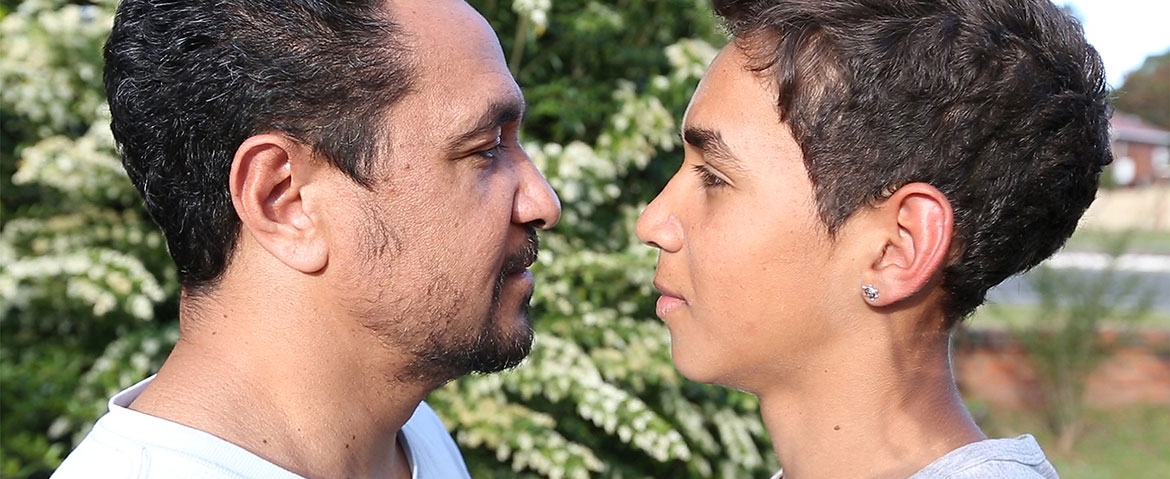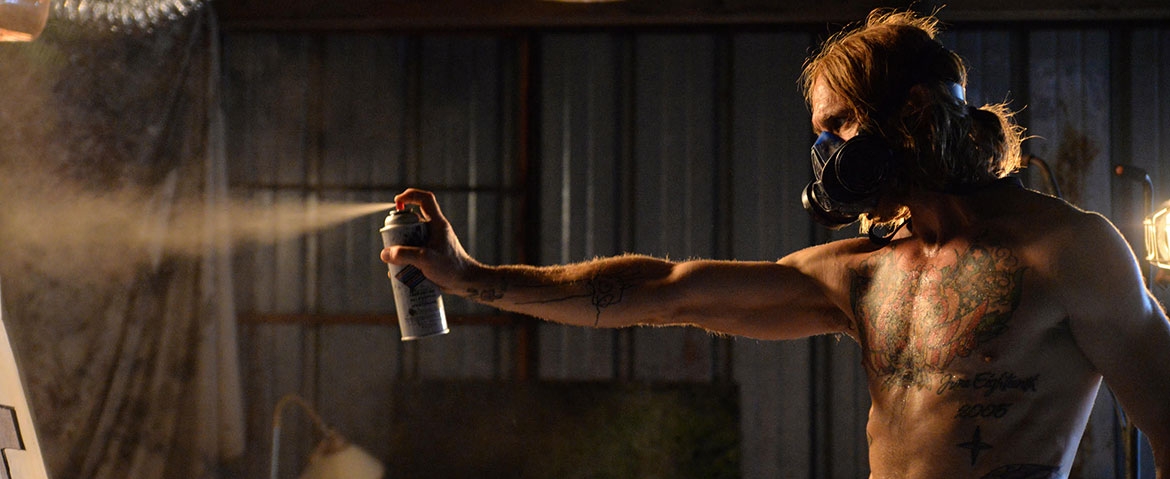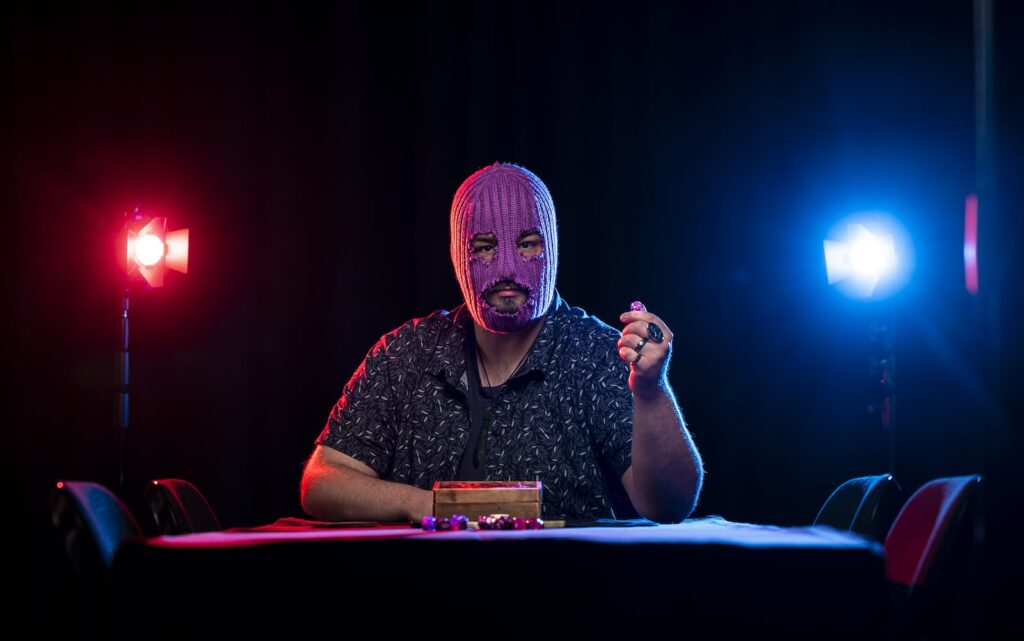Zach’s Ceremony is a unique documentary with an unusual story. Structured around an Indigenous boy’s coming of age, director Aaron Petersen’s feature debut is at once a historical tract, a portrait of a father and son, and a work of ethnography. Though the singular footage it contains and the themes it examines qualify its importance, Zach’s Ceremony fails to narrow in on its emotional centre and is ultimately too scattered and overburdened to entirely succeed as a film.
This lack of focus stems primarily from the way in which the film was made. Director Aaron Petersen spent six years filming a boy named Zach Doomadgee between the ages of 9 and 15. Under the stern tutelage of his father Alec, Zach must negotiate the trials of adolescence while preparing himself for ceremony, a traditional rite of passage ritual for his people.
As this would suggest, Zach and his relationship with his father are at the heart of the film. Alec Doomadgee, an actor and political activist, is deeply invested in his Indigeneity and committed to maintaining it. Alec’s influence looms as large on the film as it does on his children and this is both a blessing and a curse. Though Alec’s willingness to show frank and personal conversations with his son creates some of the film’s most compelling moments, his imposed ideas of what the film should be often detracts from it. Genuine documentary footage of Alec and Zach is placed alongside moments obviously staged for camera, and Alec’s expectations hover over many of the questions Zach answers to camera. A young Zach’s comment that ‘If I could have any culture in the world it would be my Dad’ is unintentionally revealing.
The effect of this is that Zach’s Ceremony ultimately feels like it’s using Zach to tell a story rather than trying to tell Zach’s story. The film stitches together a narrative about Zach escaping a life of uncertainty and delinquency by reconnecting with his culture, but fails to interrogate it. How did doing ceremony address Zach’s problems at school? How does Zach feel ceremony actually affected his life? The film is at its best when it let’s Zach speak unmediated, like his incredibly moving reflection on the suicide of his cousin, but these moments are lost in the film’s editorialising.
The emotional thread of Zach’s Ceremony is further obscured by the sections of the film that explore the lives and history of the Doomadgee people. What’s unfortunate is that taken in isolation these sections are often terrific. The animated sequences provide a stunning and economical introduction to Indigenous history and the wonderfully shot footage of Doomadgee gives unprecedented insight into the vibrant lives of its residents and the traditions they fight to maintain. These sections would make a wonderful film by themselves, but they fatally disrupt the pacing and tonal consistency of this one.
Criticising Zach’s Ceremony on these grounds might seem unfair when it’s clearly more invested in conveying a political message than a narrative. However, the most impactful documentaries, films like Hoop Dreams or The Thin Blue Line, succeed by using storytelling to give emotional weight to their ideas. The message of Zach’s Ceremony is an important one, but by refusing to let the audience find it themselves the film both ends up saying too much and too little.
BY TIERNAN MORRISON







